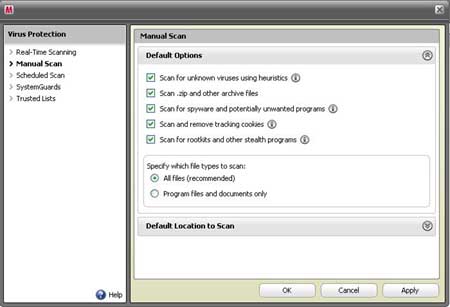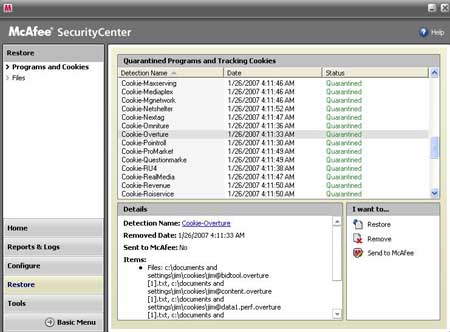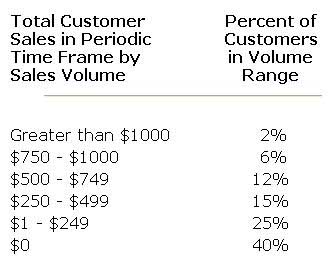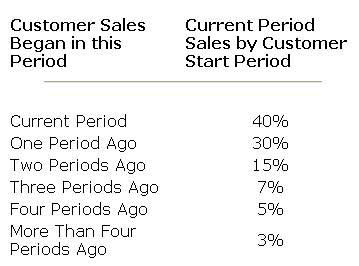Yea, I know, kind of weird. What the heck is a Marketing / Web Analytics guy doing at this event?
The Training Conference and Expo is the largest conference of training professionals in the US. It’s the first conference I have been to in 10 years that I’m not speaking at. Probably the first conference I have been to in 20 years where just about everybody knows more about the topic than I do.
And I have to tell you, that’s incredibly refreshing.
I’m thinking I have to do this more often! After all, what exactly is the point of going to conferences on material you already have deep knowledge of? Unless it is to present, of course…
I’m here on behalf of the Web Analytics Association scouting out vendors to administer the Certification test we are developing for web analysts, and to learn everything I can about best practices in Certification. One of the challenges is we are looking to certify folks not on “software” related issues like implementation / set-up (the vendors do a fine job here) but on the business side, where the issues are often not as quantifiable as they are in software land. So we need a vendor that can work with us on a more flexible testing methodology than many are used to. If you have any suggestions / advice on certification test vendors, let me know. There are 9 vendors here.
Here are some interesting things I have learned so far:
1. Virtually none of these Training / HR folks have ever heard of web analytics before. They have no idea what the heck I am talking about, or that web analytics people even exist from an HR perspective. The typical response is “we could have used somebody like that when we were setting up our Intranet … what is their typical job title and who do they report to?”
2. The primary model used in training course development is called ADDIE. It stands for:
Analyze
Design
Develop
Implement
Evaluate
which is a formal sequence of tasks where “Evaluate” has an arrow looping back up to the top pointing to Analyze, meaning you repeat the sequence and there is a continuous improvement process. Hmm, that sounds kind of familiar, where have I seen this before? Perhaps filed under Best Practices for web site development?
3. Lots of the communication and behavioral models used in Marketing are used in Training – Training is in many ways a specialized kind of Marketing. I initially thought I was dead wrong about this but when I put forth the idea, nobody threw me out of the room or called me a Newbie. So I think there is something worth exploring about this parallel, especially since e-Learning delivered through web interfaces is a big deal to these folks.
More to come as the event unfolds…



